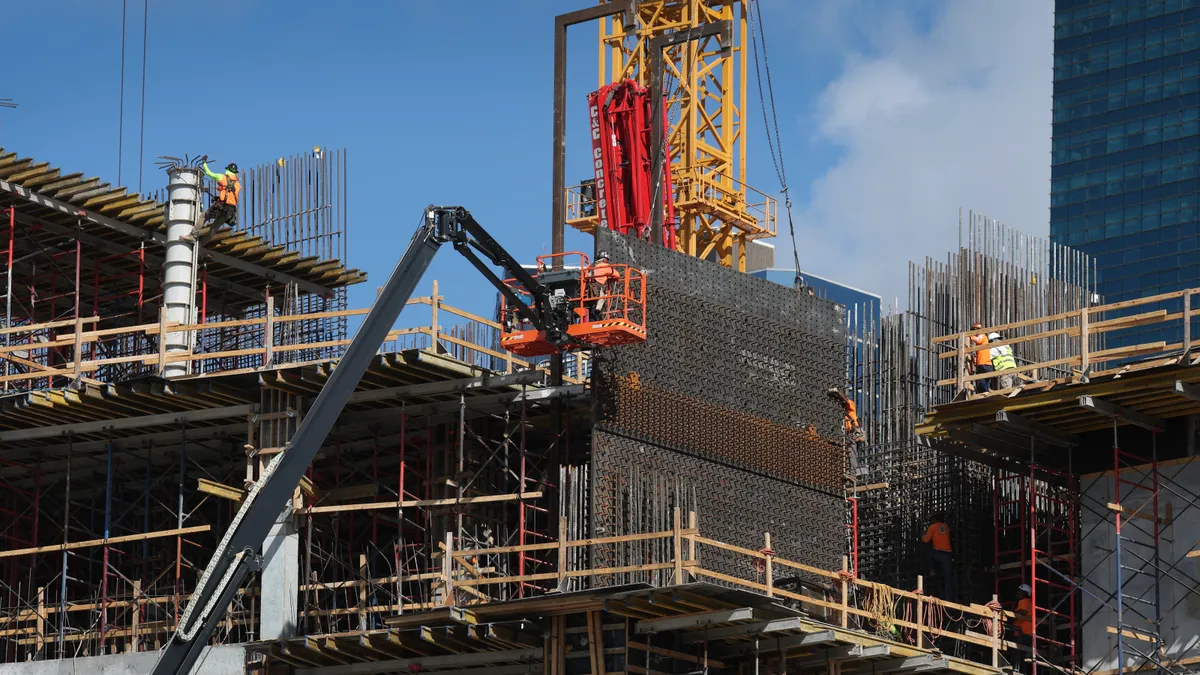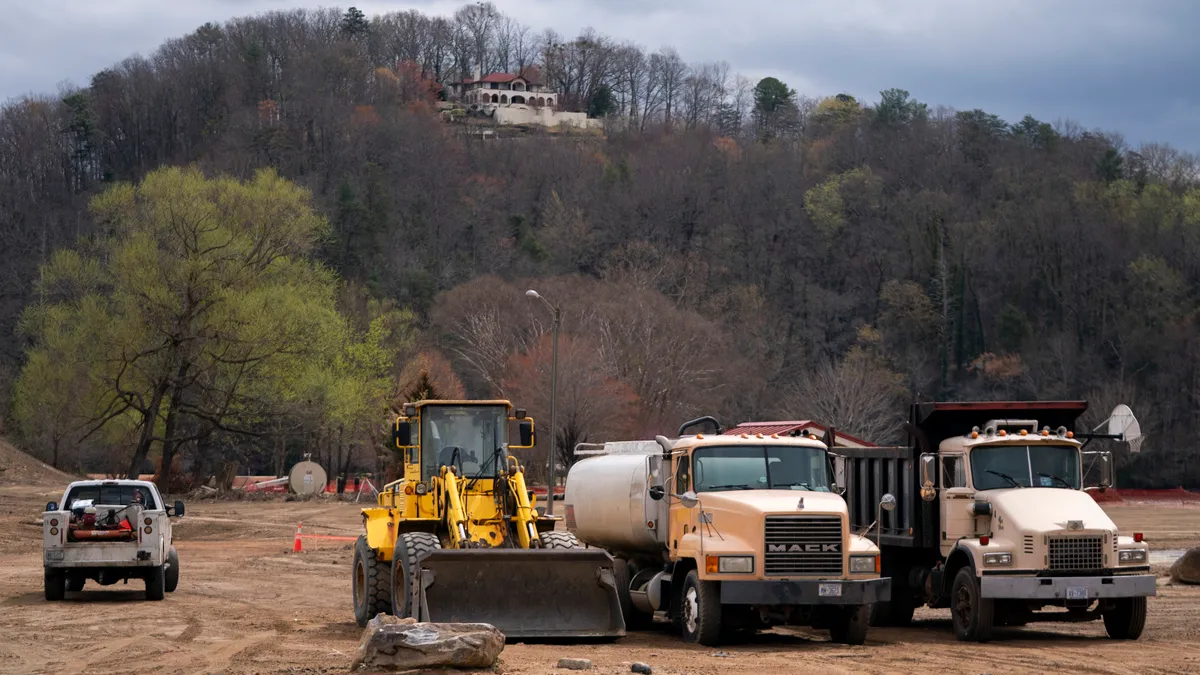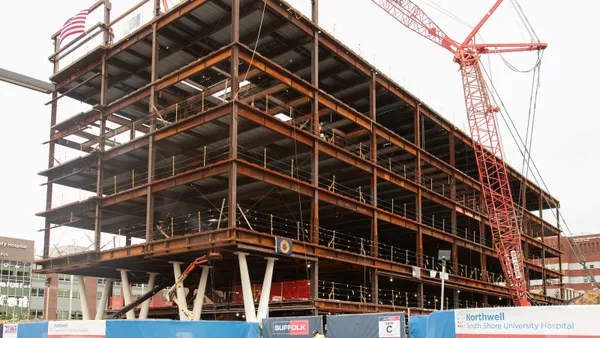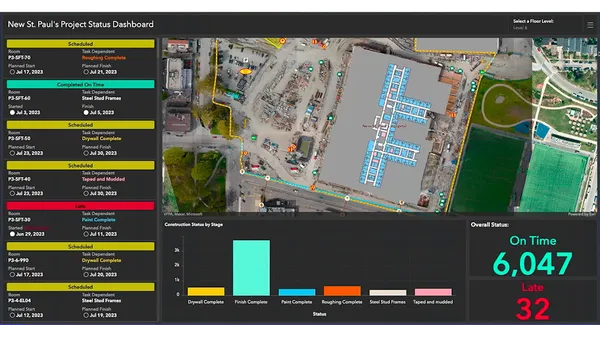You’re ready to incorporate telematics technology into your construction operations, or maybe you’re considering an upgrade or switch to a new provider with more advanced features. There are a multitude of benefits to utilizing machine control technology, including more visibility, accuracy and efficiency for your jobsite and project. The question is, how do you pick the best provider? Read these tips to help you choose the best telematics solution for your business.
What kinds of assets do you want to monitor and track?
You may have a mixed fleet of on and off-highway vehicles and equipment, or you may have assets from a variety of manufacturers. Your fleet could also be a mix of company owned assets and rental equipment. Your projects and jobsites are an ever-changing mix of workers, vehicles, and equipment. If this is the case, the ability to actively monitor many types of assets will be an important factor for your business. Ask if your provider tracks items such as the following:
- Equipment and vehicle location
- Engine hours and running status
- Movement and operator history
- Vehicle mileage and driver history
- Inspection and maintenance history
What should you expect from a solution that supports mixed-fleet operations?
Many solutions boast mixed-fleet capability, but that can mean a lot of different things. Consider your current fleet, but also how you see your business scaling in the future. For example, do you envision your business increasing the percentage of rental versus company owned equipment? Or do you have plans to expand your truck fleet and driver teams to have less dependence on contract haulers?
What data do you need to make better decisions on each project?
It’s important that the solution you choose can provide the data that makes the biggest impact to your business. The types of data telematics software can provide from your equipment and vehicles include:
- Fuel and fluid levels & utilization
- Idle time and run time
- Health and fault warnings
- Geofence entry/exit alerts
What data-informed actions are important for your business?
Having complete and accurate data is one thing but being able to turn that data into critical insights for your operation helps you make informed and timely decisions. Powerful telematics data can result in process improvements such as:
- Proactive fleet maintenance planning
- Optimized equipment and vehicle allocation
- Advance warning of possible equipment failure
- Remote diagnosis and minimized downtime for unplanned repairs
- Rental versus purchase decisions
Can your telematics scale with your business and from project to project?
For a newly implemented telematics solution to be successful, it needs to be easy to configure and use. As you grow your team and your business, you’ll need to add more users and more assets to the organization. This process should be an easy one.
Is your solution part of a bigger operating system?
In order to maximize productivity over time, you’ll likely want and need greater control into each phase of the construction process. Many telematics solutions are solid solutions for asset tracking, but that is also what they are limited to. Considering a solution that easily plugs into a bigger set of offerings, can help give you visibility into everything from managing your fleet to monitoring job site productivity and project cost.
There is a lot to consider when choosing the right software for your operation. The good news is that the technology keeps improving, the data keeps getting more accurate and the capabilities keep broadening. What this means for you is that once you find a telematics software provider that shares the same vision of how software should work, you'll be on the same roadmap to adapt and grow with that vision.










